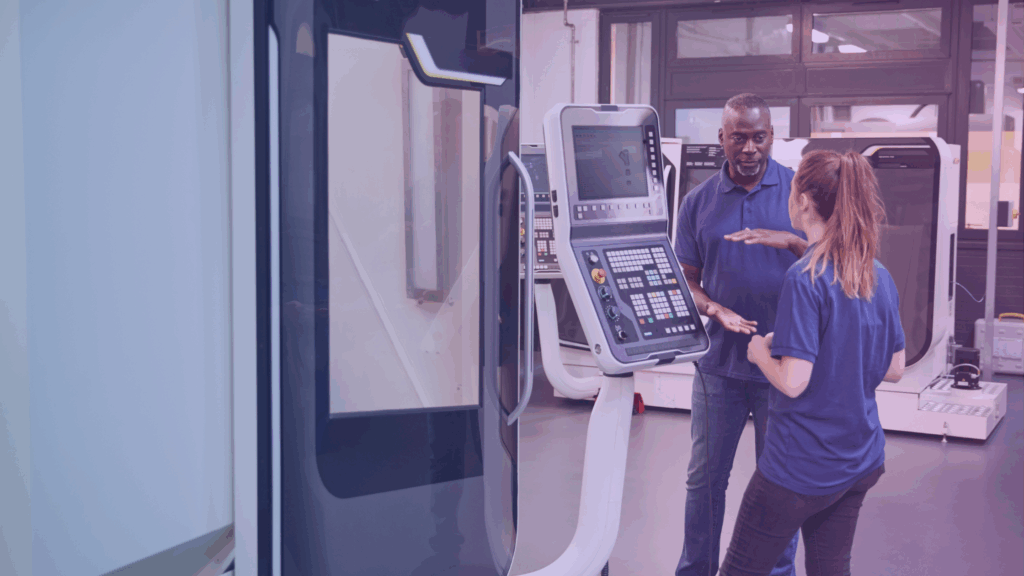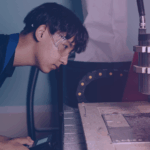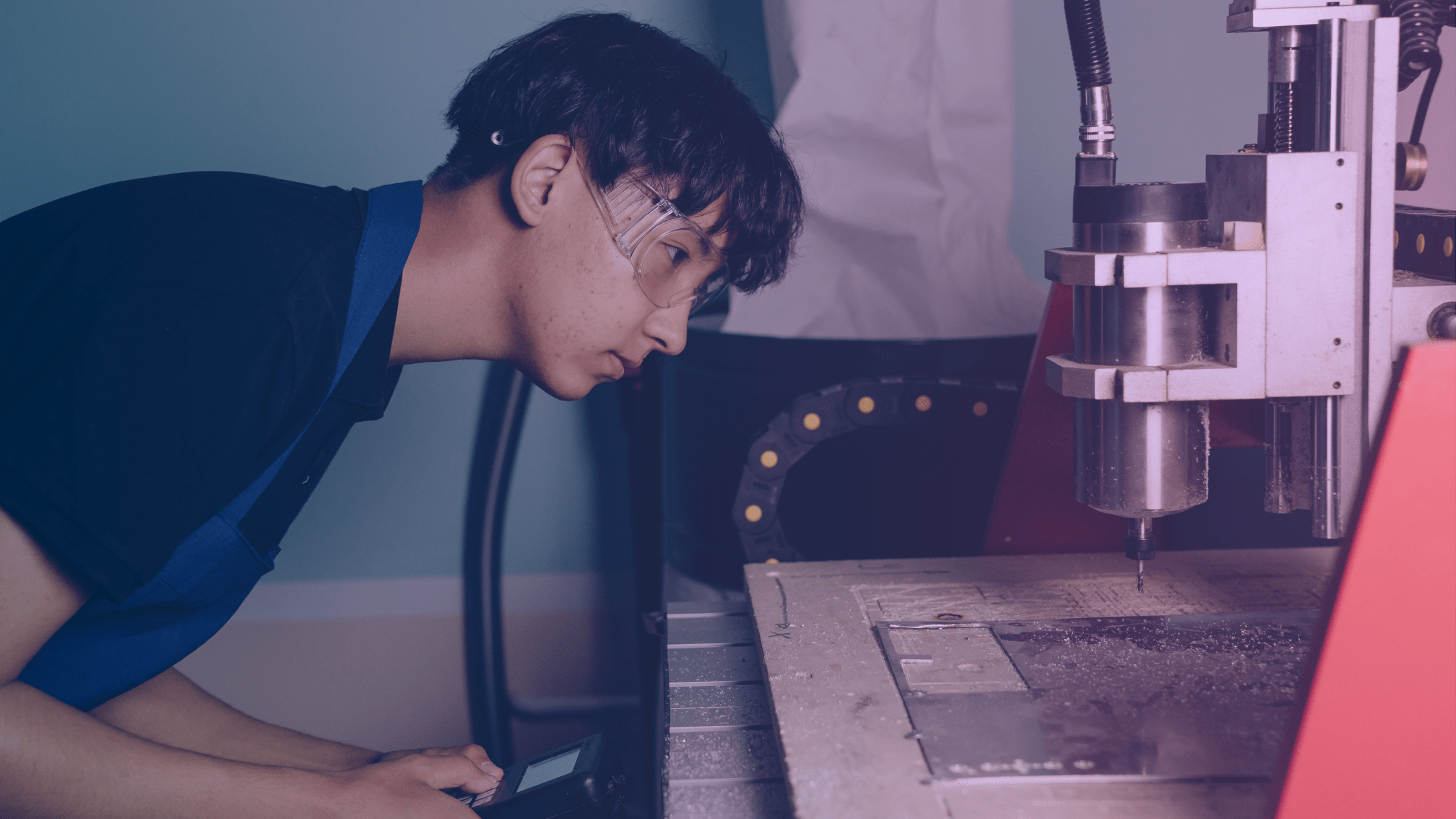Assessment within vocational education is most effective when it is not something that is simply done to learners, but rather a process in which they are actively engaged. Involving learners, and where appropriate, other people such as workplace supervisors or expert witnesses, makes the assessment process more transparent, efficient, and supportive of learner development. For the assessor, this approach not only makes planning and evidence gathering easier but also demonstrates a professional and collaborative attitude that aligns with awarding body requirements.
The days of assessments being viewed as one-off tests set and marked behind closed doors are long gone. Today’s assessment standards emphasise fairness, transparency, and learner involvement. This means that learners must understand what they are being assessed against, how assessment decisions are made, and how they can contribute evidence themselves. Similarly, others who work closely with the learner — for example line managers, colleagues, or expert witnesses — can provide valuable input, particularly when direct observation by the assessor is not always possible.
This article explores why it is so important to involve learners and others in the assessment process, highlighting the benefits of transparency and efficiency, and showing how assessors can apply these principles in practice.
Why involve learners in the assessment process?
1. Transparency
One of the key benefits of involving learners in assessment is transparency. Learners who know the standards or criteria they are being assessed against are better able to take ownership of their progress. This clarity helps them to:
- Understand exactly what is expected of them.
- See how different pieces of evidence link to specific outcomes.
- Gain confidence in the fairness of assessment decisions.
Transparency also helps build trust between assessor and learner. When learners are part of the process, they are less likely to view assessment as an intimidating hurdle and more likely to see it as an opportunity to demonstrate their competence.
2. Efficiency
Involving learners also increases the efficiency of assessment. Learners can often identify and provide their own evidence, reducing the time the assessor spends searching for opportunities to collect it. For example, a learner might compile workplace documents, photographs, or reflective accounts that clearly demonstrate competence.
Efficiency is also improved when others — such as expert witnesses — contribute to the process. An expert witness is someone with recognised expertise who can confirm that the learner has demonstrated a skill or met a standard. For instance, in a care setting, a senior nurse might act as an expert witness to confirm a learner’s competence in administering medication.
By drawing on both learner contributions and third-party input, assessors can build a robust evidence base more quickly and with less disruption.
The role of others in assessment
Expert witnesses
Expert witnesses are particularly valuable where specialist skills are being assessed or where the assessor cannot always be present. They:
- Provide additional credibility to the assessment decision.
- Allow for evidence to be gathered in real workplace contexts.
- Support the assessor by confirming competence against specific standards.
Awarding bodies often specify the conditions under which expert witness testimony can be used, so it is essential for assessors to remain compliant with these requirements.
Workplace supervisors and colleagues
Involving supervisors or colleagues can also make the assessment process more authentic. They may provide feedback on a learner’s performance, highlight strengths, or suggest areas for improvement. Their involvement:
- Reinforces the learner’s accountability within their workplace.
- Helps align assessment with organisational goals.
- Provides the learner with encouragement and recognition from peers.
How to involve learners in assessment
For assessors, there are several practical steps to ensure learners are genuinely involved:
- Initial discussions
- At the beginning of the assessment process, explain the standards and what evidence will be needed.
- Agree a plan with the learner so they feel ownership of the process.
- Encouraging self-assessment
- Ask learners to reflect on their own performance.
- Encourage them to match their evidence against specific outcomes.
- Providing guidance on evidence
- Help learners understand what counts as valid, authentic, and sufficient evidence.
- Train them to present evidence in a structured way, reducing duplication.
- Regular reviews
- Hold progress meetings where learners can raise questions, suggest evidence, and take an active role in shaping their assessment journey.
Benefits of involving learners and others
For the learner:
- Greater understanding of expectations and assessment decisions.
- Increased motivation through ownership of the process.
- Development of reflective skills by reviewing their own performance.
- Reduced anxiety, as the process is open and collaborative.
For the assessor:
- Streamlined evidence collection, saving time and effort.
- A broader range of evidence sources, improving reliability of decisions.
- Stronger relationships with learners and workplaces.
For the workplace or organisation:
- Enhanced integration of assessment with day-to-day practice.
- More efficient use of staff expertise (e.g., supervisors acting as witnesses).
- Reinforcement of workplace standards and professional behaviours.
Challenges to consider
While involvement is beneficial, assessors should also manage potential challenges:
- Consistency: Third-party contributions must align with assessment standards.
- Training: Expert witnesses may need clear guidance to ensure their testimony is valid.
- Balance: Learners should be supported in contributing evidence, but assessors remain responsible for making final decisions.
By addressing these challenges, assessors can safeguard the integrity of the assessment while still enjoying the benefits of involvement.
Conclusion
Involving learners and others in the assessment process is not just a best practice recommendation; it is an essential aspect of fair, efficient, and high-quality assessment. Transparency ensures learners understand what is expected of them, while efficiency is achieved when learners contribute evidence and others provide testimony. For assessors, this collaborative approach builds stronger relationships, speeds up the process, and enhances the validity of decisions.
Ultimately, assessment is most effective when it is a shared process. By engaging learners and others, assessors create an environment where evidence is gathered more effectively, learners feel supported, and qualifications maintain their integrity.
FAQs about Involving Learners in Assessment
1. Why is it important for learners to be involved in assessment?
It ensures transparency, helps them understand the standards they are working towards, and gives them ownership of their learning and progress.
2. How does learner involvement make assessment more efficient?
Learners can provide their own evidence, reducing duplication, while expert witnesses and supervisors can confirm competence in real workplace situations.
3. Who can be considered ‘others’ in the assessment process?
This usually includes expert witnesses, workplace supervisors, colleagues, or mentors who can provide testimony or feedback on a learner’s performance.
4. What role do expert witnesses play in assessment?
They confirm that learners have met specific standards in areas where the assessor may not be present, adding credibility and efficiency to the process.
5. How can assessors encourage learners to take an active role in assessment?
By explaining the standards clearly, involving them in assessment planning, encouraging self-assessment, and supporting them to gather and present evidence effectively.





